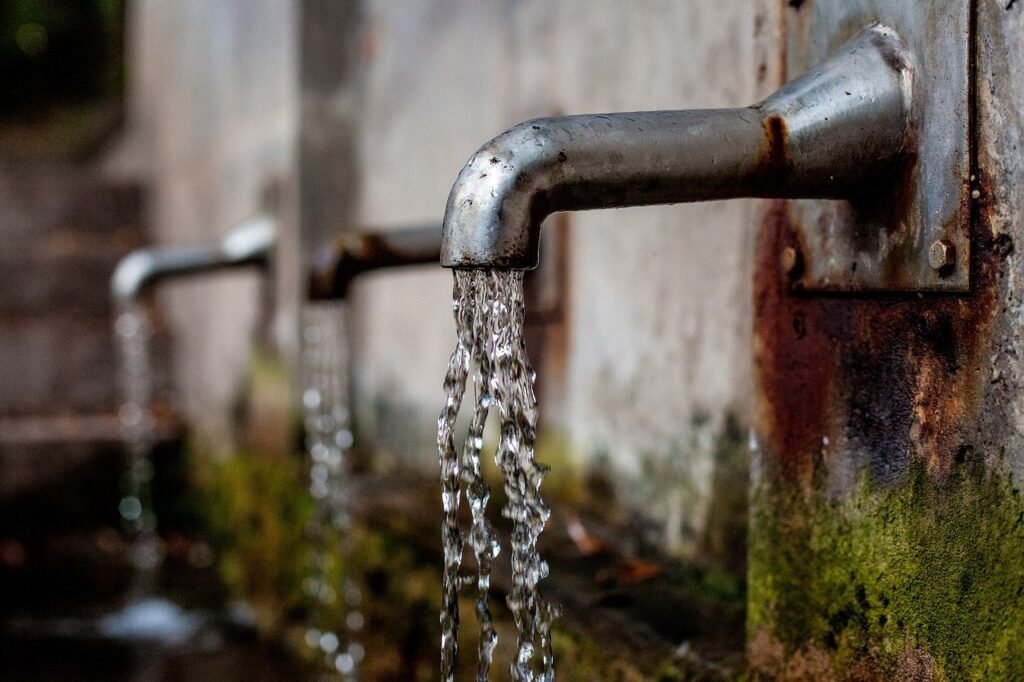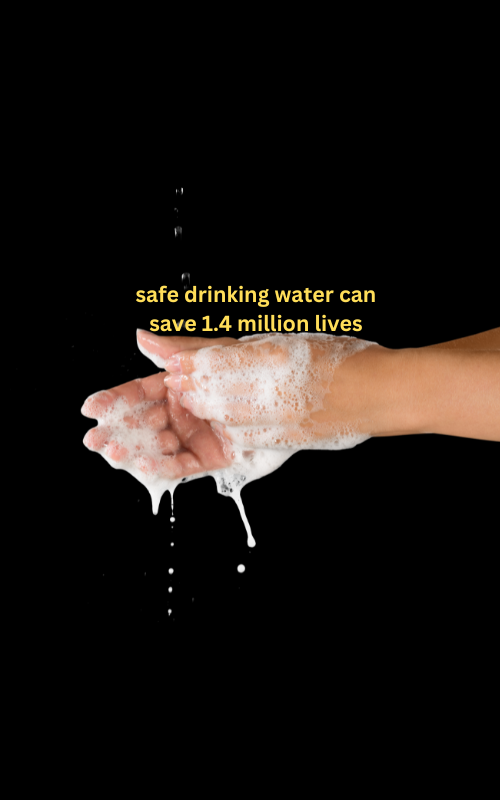WHO reports, half of the world’s population still does not have adequate access to safe drinking water, sanitation, and hygiene. It could have prevented at least 1.4 million deaths and 74 million disability-adjusted life years in 2019. The latest report by World Health Organization (WHO) and an accompanying article published in The Lancet.
Over 1 million Diarrhoeal Deaths
This report estimates the burden of disease attributable to unsafe drinking water, sanitation, and hygiene (WASH) for 183 countries. Diarrhoeal disease accounted for most of the attributable burden. Over 1 million deaths and 55 million DALYs. Approximately 69% of the total diarrhoeal disease burden could be attributed to unsafe WASH.

The second largest cause of the WASH-attributable burden of disease was inadequate hand hygiene, amounting to 356 000 deaths and 17 million DALYs. In addition, 10% of the undernutrition disease burden was due to unsafe WASH.
Among children under five, the total WASH-attributable disease burden amounted to 395 000 deaths and 37 million DALYs. It represents 7.6% of all deaths and 7.5% of all DALYs in this age group. This included 273 000 deaths from diarrhea and 112 000 deaths from ARIs. These diseases are the top two infectious causes of death for children.
under five globally.
There were 270 000 deaths in low-income, 975 000 deaths in lower-middle-income, and 112 000 deaths in upper-middle-income countries. In high-income countries, only the burden attributable to unsafe hygiene practices amounted to 44 000 deaths.
The WASH-attributable mortality rates were 41.7, 29.7, 4.4, and 3.7 deaths per 100 000 population in low-income, lower-middle-income, upper-middle-income, and high-income countries, respectively. More than three-quarters of all WASH-attributable deaths were in the WHO Africa and South-East Asia regions.
While 18% of the diarrhoeal disease burden in high-income countries could be prevented through safe WASH, 76% and 66% could be prevented in low- and middle-income countries in Africa and South-East Asia respectively.








